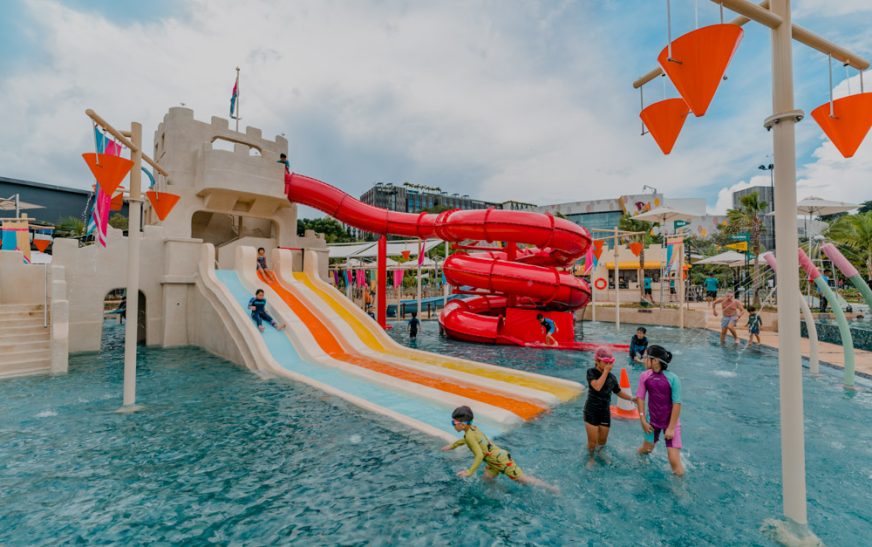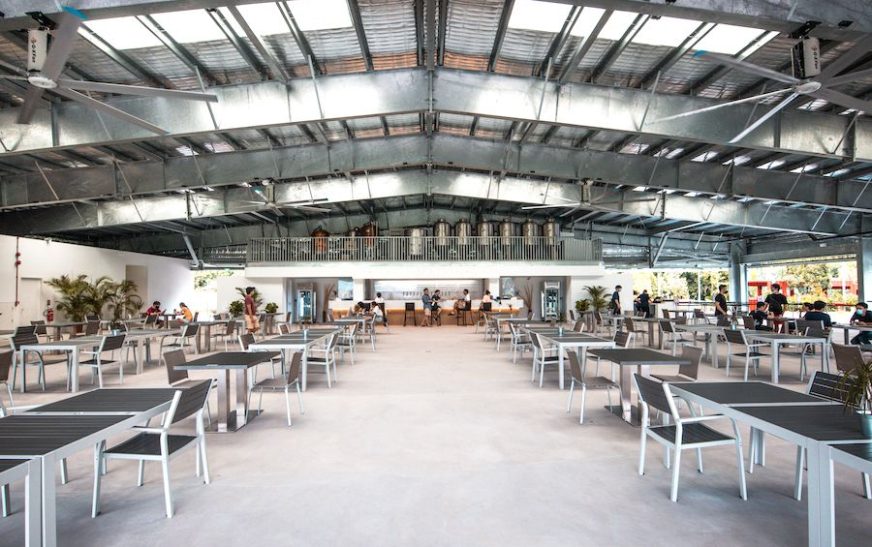Fort Serapong stands as a silent sentinel on Sentosa Island, embodying a crucial chapter in Singapore’s military history. Nestled amidst lush greenery and overlooking the shimmering waters, this historic fortification bears witness to Singapore’s strategic coastal defenses. In this article, we delve into the rich history, architectural marvels, and enduring significance of Fort-Serapong.
1. History of Fort Serapong
Fort Serapong was constructed in the late 19th century by the British military, during a period when Singapore was fortified against potential naval threats. The fort’s location on Sentosa Island provided a strategic advantage, overlooking key maritime routes and offering a commanding view of the coastline.
2. Architectural Design and Layout
The architectural design of Fort-Serapong reflects the military engineering principles of its time. Built primarily of brick and granite, the fort features sturdy ramparts and bastions designed to withstand artillery fire. Its layout includes interconnected chambers and tunnels, facilitating swift communication and troop movements during defensive operations.
3. Role in Coastal Defense
Strategically positioned, Fort-Serapong played a pivotal role in Singapore’s coastal defense strategy. Equipped with heavy artillery and manned by skilled personnel, the fort deterred potential naval incursions and safeguarded Singapore’s maritime interests.
4. Military Operations and Functionality
During its operational years, Fort Serapong housed barracks, storage facilities for ammunition, and command posts essential for coordinating defensive maneuvers. The fort’s cannons and artillery batteries were integral to its defensive capabilities, capable of engaging enemy ships approaching the coastline.
5. Fort Serapong During World War II
The outbreak of World War II saw Fort-Serapong play a crucial role in Singapore’s defense against Japanese forces. Despite formidable resistance, the fort eventually fell to the advancing enemy, marking a significant chapter in its history. The Japanese occupation left its mark on Fort-Serapong, with remnants of wartime structures and artifacts still visible today.
6. Conservation Efforts and Preservation
In recent decades, efforts have been made to preserve Fort Serapong as a historical landmark. Conservation initiatives aim to maintain its structural integrity while promoting public awareness of its significance. Guided tours and educational programs offer visitors insights into the fort’s military heritage and its relevance to Singapore’s history.
7. Fort Serapong Today: Visitor Experience
Today, Fort-Serapong welcomes visitors to explore its grounds and learn about its military past. Guided tours provide in-depth insights into the fort’s architecture, strategic importance, and the daily lives of soldiers stationed there. Exhibits and multimedia displays enrich the visitor experience, highlighting key moments in Fort Serapong’s history.
8. Cultural Significance
Beyond its military role, Fort-Serapong holds cultural significance for Singaporeans, symbolizing resilience and national defense. The fort serves as a reminder of Singapore’s journey from colonial outpost to independent nation, reflecting the evolving strategies and technologies of coastal defense.
9. Exploring Fort-Serapong: Guided Tours and Attractions
Visitors can participate in guided tours that showcase Fort Serapong’s military infrastructure and historical artifacts. Highlights include visits to gun emplacements, underground tunnels, and panoramic views from the fort’s vantage points. Educational programs cater to both adults and children, offering a hands-on learning experience.
10. Future Prospects and Community Engagement
Looking ahead, ongoing efforts to enhance Fort-Serapong’s visitor experience and conservation efforts are underway. Community engagement plays a crucial role in preserving the fort’s heritage, with local stakeholders and historical societies contributing to its maintenance and promotion as a cultural asset.
Conclusion
Fort-Serapong stands as a testament to Singapore’s military heritage and resilience in the face of historical challenges. Its architectural grandeur and strategic significance continue to captivate visitors, offering a glimpse into Singapore’s past as a maritime fortress. As efforts to preserve and promote Fort Serapong evolve, its role in shaping Singapore’s identity remains timeless.
FAQs About Fort Serapong
What is Fort Serapong famous for?
Fort-Serapong is renowned for its role in defending Singapore’s coastline during the colonial era and World War II.
Can you visit Fort Serapong today?
Yes, Fort-Serapong is open to visitors, with guided tours available to explore its historical grounds.
Who built Fort Serapong?
Fort Serapong was constructed by the British military in the late 19th century as part of Singapore’s coastal defense strategy.
What are the opening hours of Fort Serapong?
Fort Serapong is typically open during daylight hours, with specific operating hours subject to









